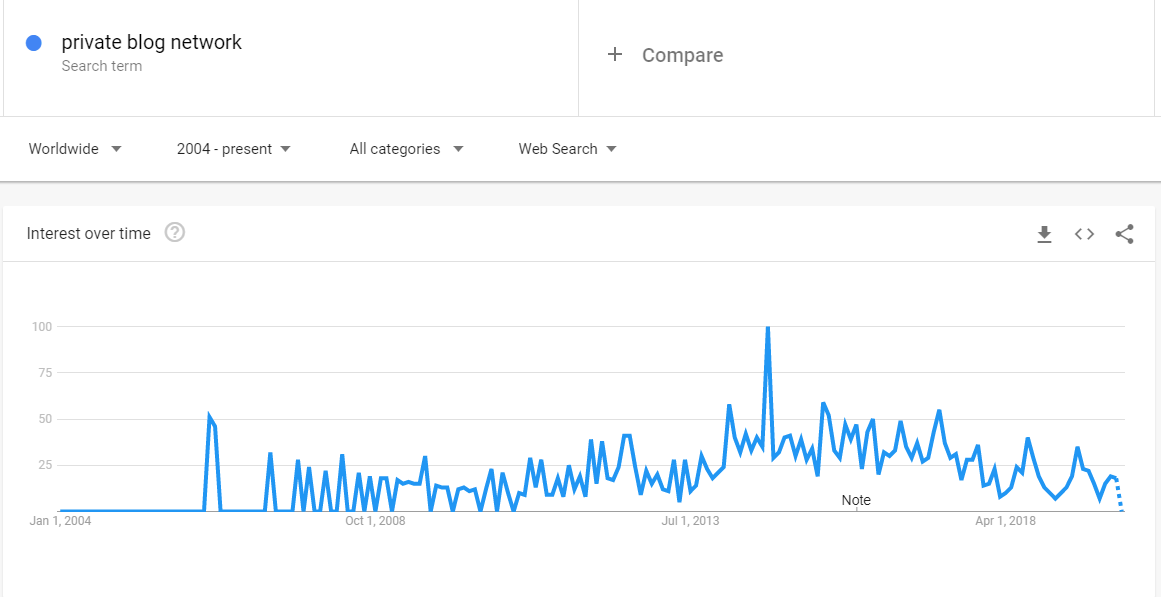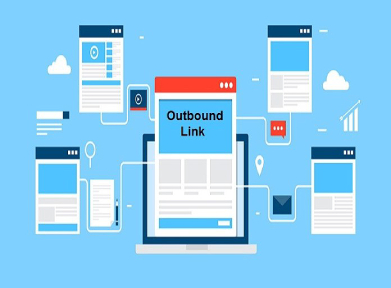
Aside from SEO keywords, SEO category pages should also feature written content. You can include product descriptions, interesting facts about the company, or brief blurbs. Interesting copy makes it easier for people to stay on your page and makes your products look better. To improve your ranking, you can include relevant keywords throughout your copy. These are just a few suggestions to make your website's SEO category pages attractive. Let's examine these tips more closely.
301 redirect to canonical link
A 301 redirect from canonical URL is important for three reasons. One reason is that you may not be using HTTPS. In this case, HTTPS will be required to obtain the same results. Search engines will also see the preference if you include hreflang in URLs. A 301 redirect to canonical URL will help Google understand that your page is more authoritative than the other version.

Meta description
Effective meta descriptions are essential for ecommerce sites to rank higher in Google. These meta descriptions will improve the user experience and increase conversion rates. They also boost your website’s traffic. Aim to make your meta description match the content of the page. A tool that generates product meta descriptions is also an option. This tool can generate descriptions that are applicable to thousands of SKUs. Make sure you give it a try!
Images
SEO for category page pages is dependent on image optimization. Images should be clickable and navigable to maximize the SEO benefits. High-quality images will increase engagement as well as page load speeds. Use human subjects to attract visitors and increase your conversion rate. Alt-text, the text below images, and captions can help boost pages' SEO. Be sure to include the right keywords in your alt-text. Make sure to include your keywords within your product descriptions. This way, visitors can learn more about your product.
Related categories
Relevant SEO category pages can help improve search engine results for your website. First optimize the product page for a specific make or brand. Then, link the product to a category site that has more specific terms. This will make your product page rank better for more specific terms. It also keeps your individual pages in check from each other. These pages are a great way to increase search engine ranking and traffic. And last, if you want to improve your SEO ranking, you can also hire a professional SEO team to help you with your content.

Meta name="robots", content="NOINDEX FOLLOW">
Robots meta tag is the code that tells the search engines that a particular page is not meant to be indexed by them. This code is inserted in the source code, along with other meta data, and is known as noindex, nofollow or rel="nofollow". This tag can be used to avoid being indexed in search engines.
FAQ
Why SEO strategy is essential?
SEO (search engine optimization) has the main purpose of increasing traffic to your website by getting as many people to find you using Google.
Search engines such as Google, Yahoo!, Bing, and others store information about websites on servers called "crawlers," which send this data back to the company's central database. This allows them search engines to index web sites.
You will get more visitors to your site if it appears higher in the search results. If you're not visible in these searches, your website won't be found.
It is important to rank high in search engines. This will ensure your site is noticed. To achieve this, there are two general methods; paid advertising and natural organic links.
Paid Adverts - Companies that pay per-click for online advertising to appear first in search results will be known as Paid Advertising. These ads can be banner ads or text ads.
Natural Organic Links: These are links where you have created a great site over time, and gained trust from your industry. Over time, links are built naturally through guest posting, commenting on other sites, and so forth.
You must continually invest in both types of marketing to stay ahead of your competition.
What is an SEO strategy?
An essential part of any website is its content. Search engines won't rank your site high enough if you don't include relevant and helpful information.
SEO campaigns are designed to optimize your site by obtaining backlinks from other websites. It also includes social media SEO, which is the use of Twitter, Facebook, LinkedIn and LinkedIn to increase brand awareness and drive traffic.
These will increase traffic to your website, and your SEO rankings. SEO campaigns' main goal is to build quality links back on your site, so that Google can recognize that your website has value.
How can I create a SEO strategy?
Understanding your goals and how you plan to achieve them is the first step in developing an SEO strategy. This will enable you to structure and organize your content around the goals.
The second step is to start working on your keywords. Doing keyword research can give you insights into what people are looking for by analyzing the terms they use. You can then create articles on these topics by using this information.
After writing your articles ensure that you include your target keywords in them. You should also make sure to optimize each article with relevant images or videos. Link to related pages whenever you can.
After you have completed all of the content on your site, it is time to optimize that content!
Is it worth paying extra for backlink services
Backlink services enable companies to buy links from their website using paid advertising tools. These links will be placed by other websites who wish to send people to their site. They can be purchased either with cash, or a credit card.
How Often Should I Update My Site?
Updating your site regularly can improve its rankings. However, this is not always necessary. If you've already created good content, you may not need to update it frequently.
Statistics
- If two people in 10 clicks go to your site as a result, that is a 20% CTR. (semrush.com)
- Deleting those 10k pages is one of the main reasons that he improved his site's organic traffic by nearly 90%: (backlinko.com)
- Which led to a 70.43% boost in search engine traffic compared to the old version of the post: (backlinko.com)
- : You might have read about the time that I used The Content Relaunch to boost my organic traffic by 260.7%: (backlinko.com)
- And 90%+ of these backlinks cite a specific stat from my post: (backlinko.com)
External Links
How To
How do you set up your first blog?
It's simple! WordPress is a powerful tool for creating blogs. You can edit the appearance of your blog by creating themes, changing fonts, colors, or customizing it. They can also add plugins that allow them to automatically change certain aspects of their website depending on visitor activity.
You can download many templates free of charge from WordPress.org. Premium templates cost money. Premium templates include extra pages, plugins, advanced security, and more.
After you have downloaded the template, you will need to sign up to a free hosting account to upload your files to your blog and manage it. While many hosting providers offer free accounts, there are often limitations on how much space you have, how many domains can you host, and how many email addresses you can send.
If you choose to use more then one domain name, each email address will be required. For this service, some hosts charge a monthly cost.
A blog hosted online is a great way to start blogging if it's your first time. Most hosts offer unlimited storage space, meaning your files won't be deleted even if you accidentally delete them.
Hosting providers often allow multiple domain hosting, so you can have many sites from the same package. It is possible to avoid multiple email accounts by registering for one interface, allowing you to manage all of your sites from the same place.
Some hosts include social media sharing icons on their dashboards. This allows visitors share posts easily across the internet.
You can usually manage your blog through the tools offered by hosting providers. You can see your site's performance stats and compare it to other blogs.
These tools can make managing your blog easier and faster, so they're worth checking out before you choose a hosting plan.
To sum up:
-
Choose a topic pertinent to your business.
-
Create engaging content;
-
Optimize your site using SEO techniques;
-
Promote your site using social media channels;
-
To make necessary changes, keep an eye on your statistics.
-
Finally, don't forget to update your blog frequently.
In other words, create quality content, promote it effectively, track its success.